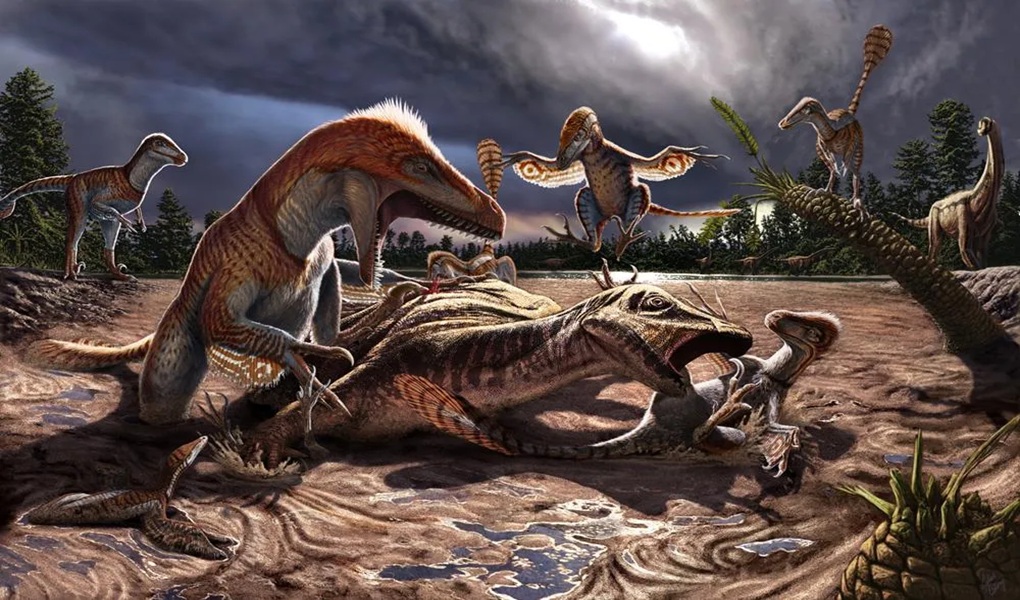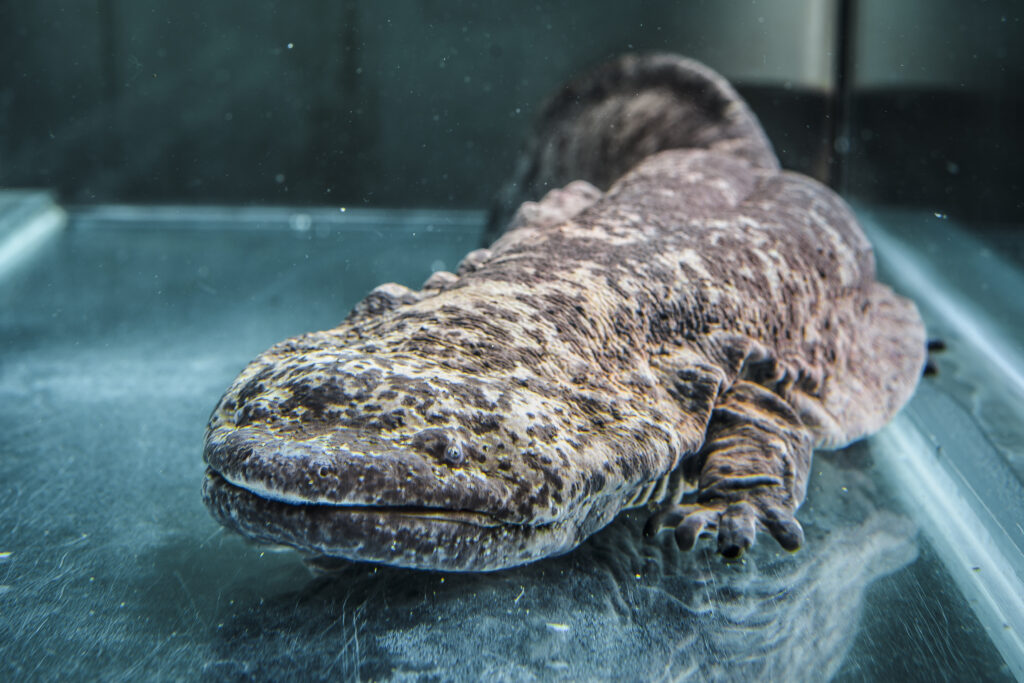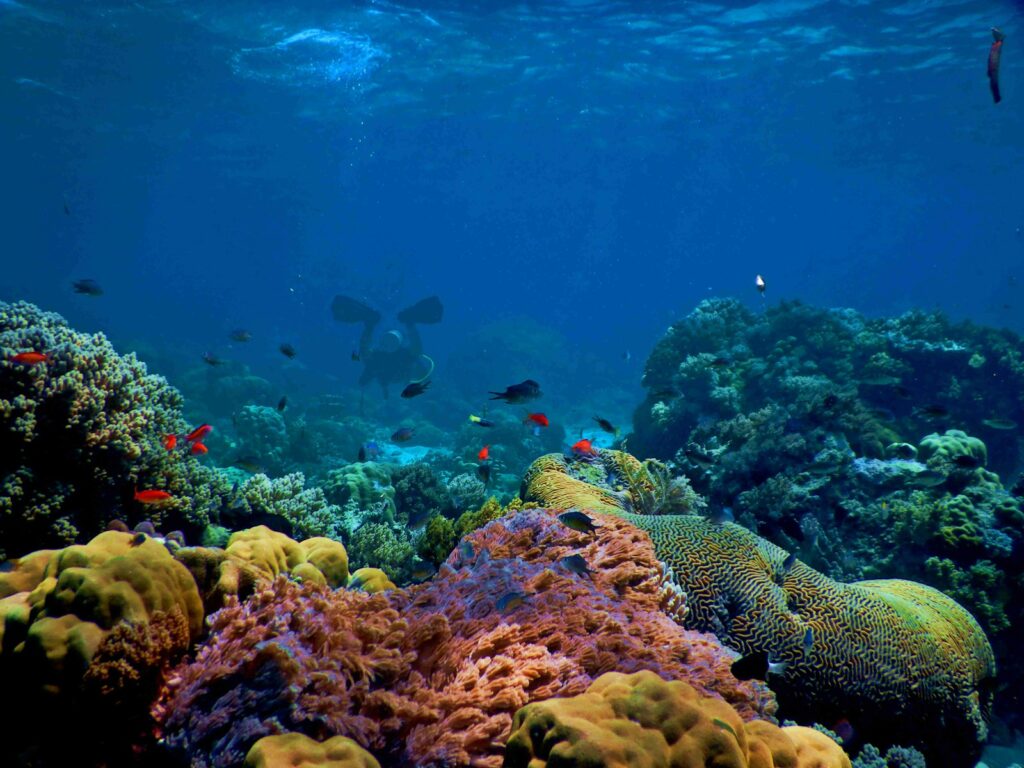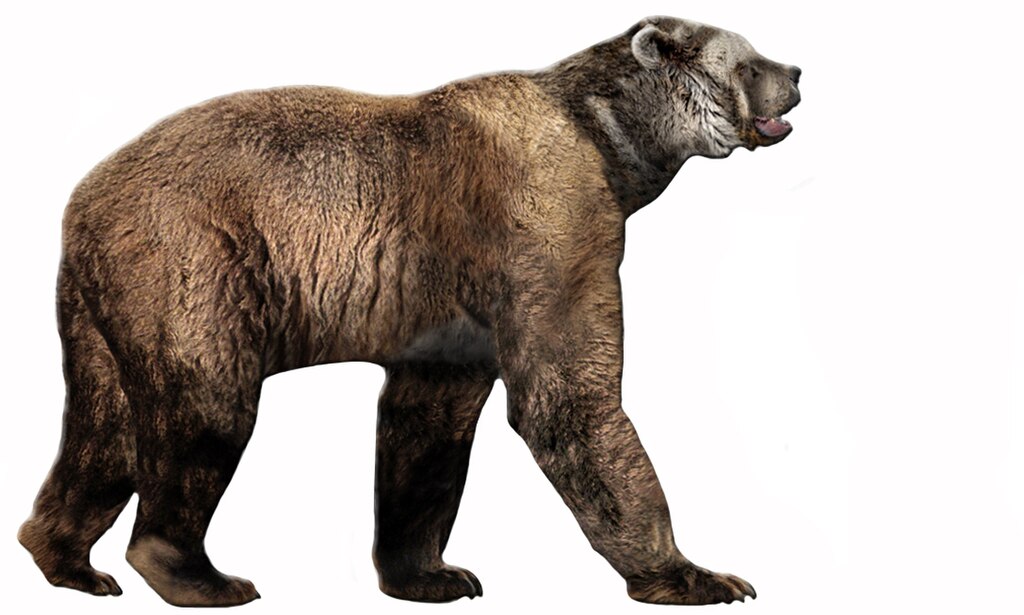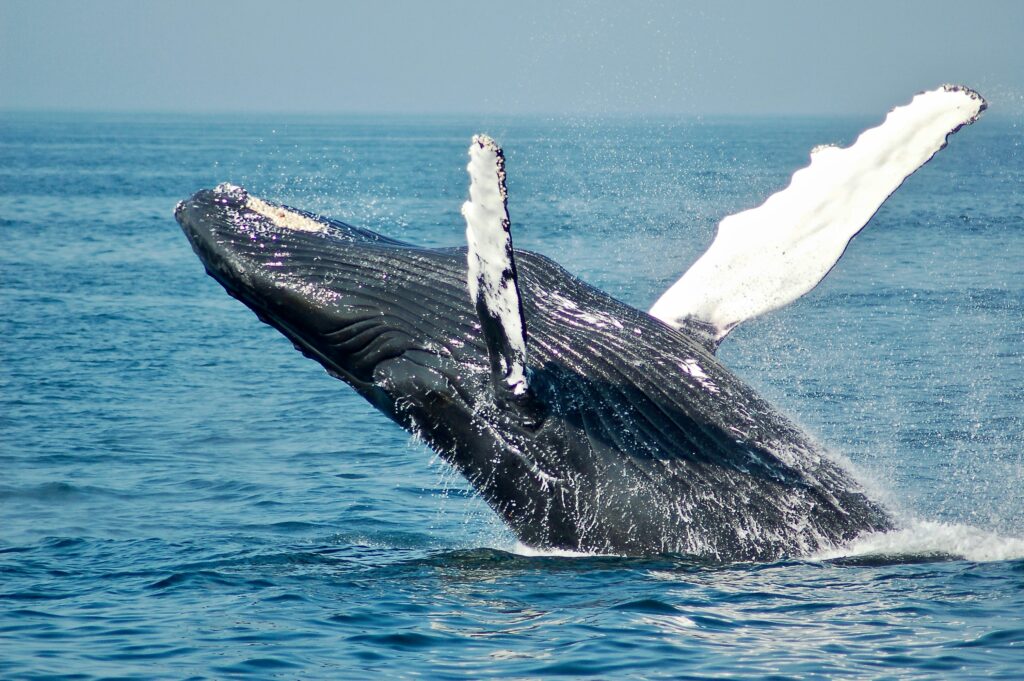Utahraptor The Raptor That Was Bigger and Scarier Than We Thought
When “Jurassic Park” captivated audiences in 1993, the film’s portrayal of Velociraptors as man-sized predators was actually a significant exaggeration of the turkey-sized reality. However, what many moviegoers didn’t realize was that nature had already created an even more terrifying version of these iconic dinosaurs. Enter Utahraptor, a recently discovered dromaeosaurid that exceeded even Hollywood’s ...

